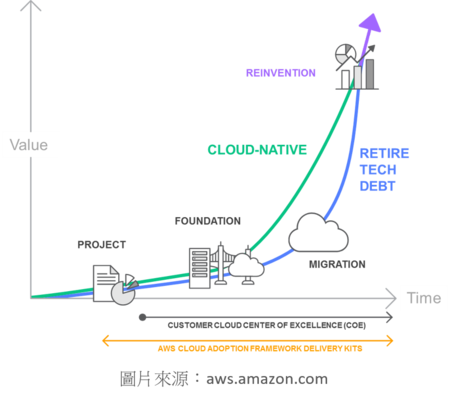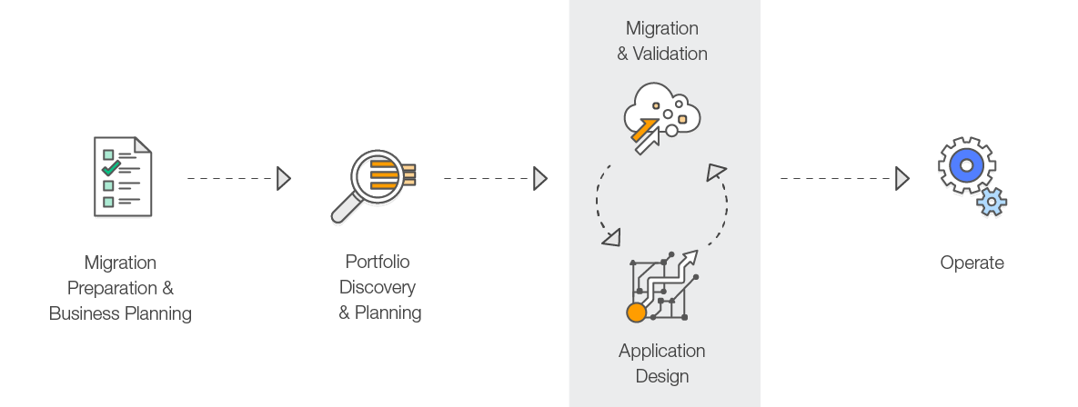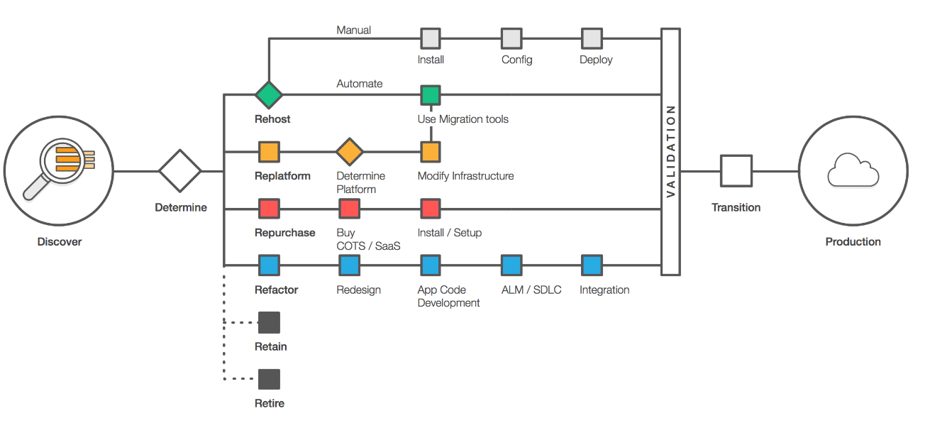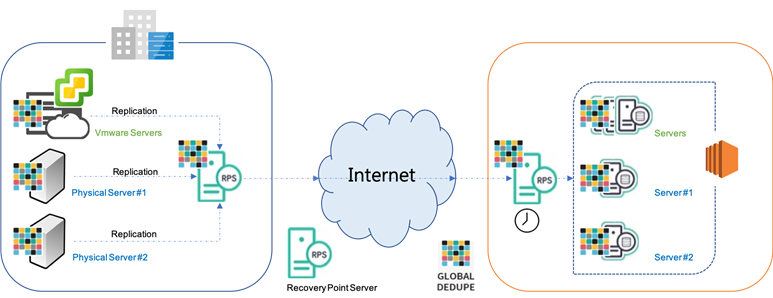Cloud Migration

Professional cloud migration service

Professional cloud migration service
GCS provides professional cloud migration services to assist customers in procedural professional planning.
Consult and evaluate the needs of customers, implement and optimize them in accordance with the migration plan.
Help customers to smoothly complete the cloud migration to achieve cost optimization, improved efficiency, and greater flexibility in company operations! Get rid of past technical debt.
Depending on how companies use the cloud, GCS will provide corresponding migration assessments and plans.
Enterprises moving to the cloud with five stages

Stage 2- Cloud Portfolio Exploration and Planning

When it comes to stage 2-investment portfolio exploration and planning, it starts to think about the application relocation plan. Usually, the six methods listed in the above figure are used for planning and execution.
1. Rehost
In large traditional migration cases where organizations want to quickly implement the migration and expand to meet the business case, we found that most of the applications have been rehosted. Most of the rehosting work can be done automatically through tools such as AWS SMS, but when you understand how to apply traditional systems to the cloud, you may want to do this manually.
You may also find that the application can be re-architected more easily after running in the cloud. This is partly because your organization may have developed better skills, and partly because the most difficult parts of migrating applications, data, and traffic have already been completed.
2. Replatform
This requires several cloud optimizations to achieve some substantial advantages without changing the core architecture of the application. For example, you might want to reduce the time required to manage database instances and migrate to a managed relational database service (such as Amazon Relational Database Service (RDS)), or migrate your application to a fully managed platform ( Such as AWS Elastic Beanstalk).
3. Repurchase
This is a decision to move to a different product, and it is likely that your organization is willing to change the existing licensing model. For workloads that can be easily upgraded to the latest version, this strategy allows feature set upgrades to make implementation smoother.
4. Refactor
This is usually a decision driven by a strong business need to improve functionality, expansion, or performance, otherwise these goals cannot be achieved in the current application environment. If your organization wants to move to a service-oriented architecture (SOA) to greatly increase flexibility or improve business continuity, although this strategy is usually the most expensive solution, it is worth buying.
5. Retire
Identifying IT assets that are no longer useful and shutting them down can greatly improve the business case and turn your attention to maintaining the most widely used resources.
6. Retain
You may want to keep part of your IT portfolio, because you may not be ready to transfer some of your applications, and you feel more comfortable keeping them on-site for deployment, or you don’t want to prioritize the recently upgraded applications to avoid changing them again.
GCS Cloud Migration Platform Solution

GCS provides the On-premise Migration Cloud platform:
Features include:
• Use the platform to integrate AWS cloud account operations (use account role authorization)
• Compatible with VMware ESXi environment, install dedicated Agent to achieve Block Level Dedupe backup
• On-Premise RPS (Recovery Point Server) and the RPS in the cloud can rewrite each other at any time through incremental data, and generate a restore point. If there is a problem, it can be replied immediately.
• Automated scheduling operations, based on the required RPO and RTO requirements.
